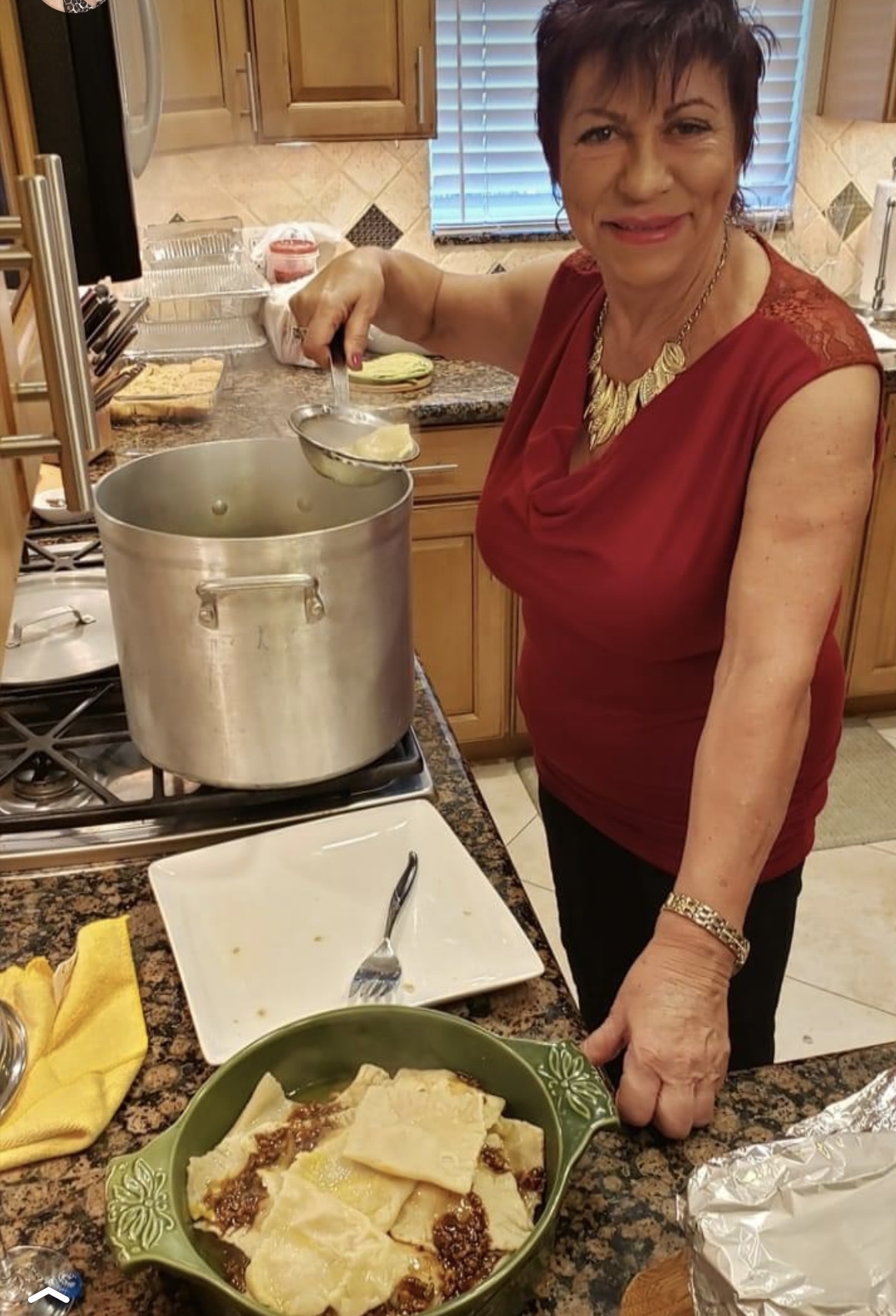Please Pass The Pasta
- The Italian Diva
- Oct 9, 2022
- 2 min read
Updated: Jun 14
As a child, this Italian Diva remembers "Pasta night" at our house every Sunday and Wednesday. Regardless of the holiday—Christmas, New Year's, or any other—if it landed on those days, we had pasta! Nothing could take its place. That was our tradition! My Sicilian father insisted on it, and although my mother tried to Americanize the menu with Thanksgiving turkey and such, my father wanted pasta. Naturally, after indulging in my mom's incredible ravioli and braciole (a holiday staple), no one wanted anything that wasn't Italian.
Pasta comes in over 300 shapes and sizes and is cherished worldwide. As a child, my exasperated mom struggled with my very particular eating habits. The only pasta I would eat was ziti, shells, or rigatoni.
I'm not embarrassed to admit that this Italian Diva is still a bit of a pasta connoisseur; I never purchase the dried (no egg) pasta from the store because nothing compares to making a fresh batch of rich-tasting egg pasta.
When I see the various brands in the grocery store's refrigerated section labeled "contains fresh eggs," I wonder how that's possible. Do they use powdered eggs?
Logically, how can a pasta product contain fresh eggs when it has to be manufactured, shipped overseas, trucked to stores, and eventually end up on your dinner table?
Thanks to our food regulatory authority, the USDA (United States Department of Agriculture), which is supposed to protect us, thousands of companies are allowed to produce products with harmful and toxic chemicals, fillers, and preservatives—over 10,000 in our foods—that can cause premature aging and diseases.
FYI, preservatives are banned in Italy therefore, those who have gluten intolerance, do not suffer from that while in Italy.
But where did pasta originate? Contrary to popular belief, Marco Polo did not introduce pasta to the Italians. Historians say pasta culture was already thriving in the Mediterranean region centuries earlier. The noodles from China that Marco Polo brought back were primarily made with rice and have nothing to do with authentic Italian cooking.
The Renaissance had a significant impact on Italian cuisine, and it was during this period that the tomato was introduced to Italy by the Spanish, who were ruling Naples. It didn't take long for tomatoes to become a staple in Italian cuisine.
I invite you to try making fresh pasta yourself...you may never buy it from the supermarket again. Or better yet, come and enjoy the experience of pasta making at one of my cooking workshops held in my brand-new chef's kitchen. Or perhaps you'd like to host a cooking party in your home. Either way, I guarantee plenty of laughter and delicious food.
"Una vita senza buon cibo, non è vita" (A life without good food is not life). Mangia!
For pasta workshops and other recipes, visit my workshops or see cooking classes at www.theitaliandiva.com






Comments